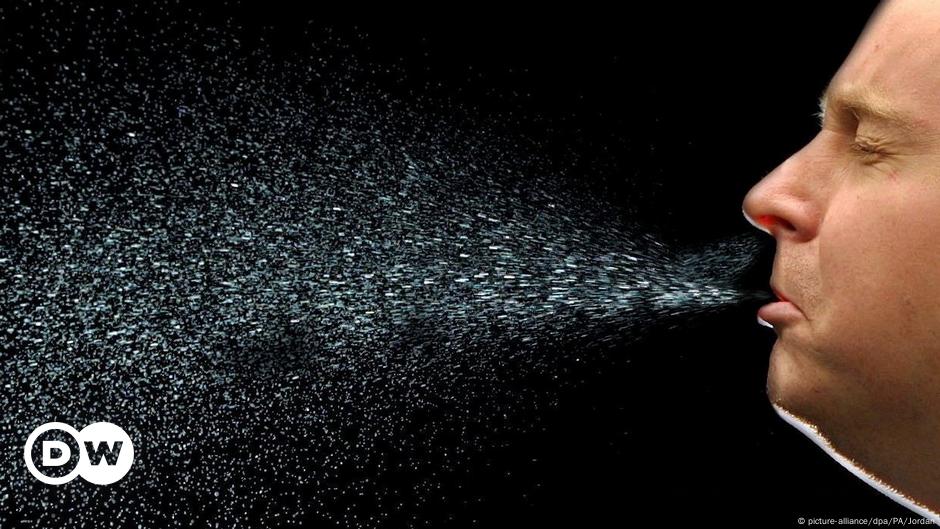
Research on Highly Pathogenic H5N1 Influenza Virus: The Way Forward
The voluntary moratorium on gain-of-function research related to the transmissibility of highly pathogenic H5N1 influenza virus should continue, pending the resolution of critical policy questions concerning the rationale for performing such experiments and how best to report their results. The potential benefits and risks of these experiments must be discussed and understood by multiple stakeholders, including the general public, and all decisions regarding such research must be made in a transparent manner.
The influenza virus research community is to be commended for implementing a voluntary moratorium on “gain-of-function” experiments related to the transmissibility of highly pathogenic H5N1 influenza virus (1). As a key funder of influenza virus research, the National Institute of Allergy and Infectious Diseases, a component of the U.S. National Institutes of Health, strongly supports the continuation of this moratorium pending the resolution of critical policy issues related to the rationale for performing and reporting such experiments. We need to be certain that the fundamental purposes of this work, together with its risks and benefits, are understood by multiple stakeholders, including the general public, and that decisions are made in a transparent manner.
It is clear that the scientists who conducted the experiments that triggered this debate (2, 3), and who are among those who voluntarily signed onto the moratorium, have conducted their research properly and under the safest and most secure conditions. However, the issue that has been intensely debated is whether knowledge obtained from these experiments could inadvertently affect public health in an adverse way, even in nations multiple time zones away. Putting aside the specter of bioterrorism for the moment, consider this hypothetical scenario: an important gain-of-function experiment involving a virus with serious pandemic potential is performed in a well-regulated, world-class laboratory by experienced investigators, but the information from the experiment is then used by another scientist who does not have the same training and facilities and is not subject to the same regulations. In an unlikely but conceivable turn of events, what if that scientist becomes infected with the virus, which leads to an outbreak and ultimately triggers a pandemic? Many ask reasonable questions: given the possibility of such a scenario—however remote—should the initial experiments have been performed and/or published in the first place, and what were the processes involved in this decision?























